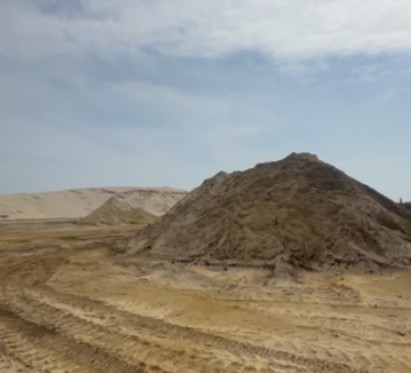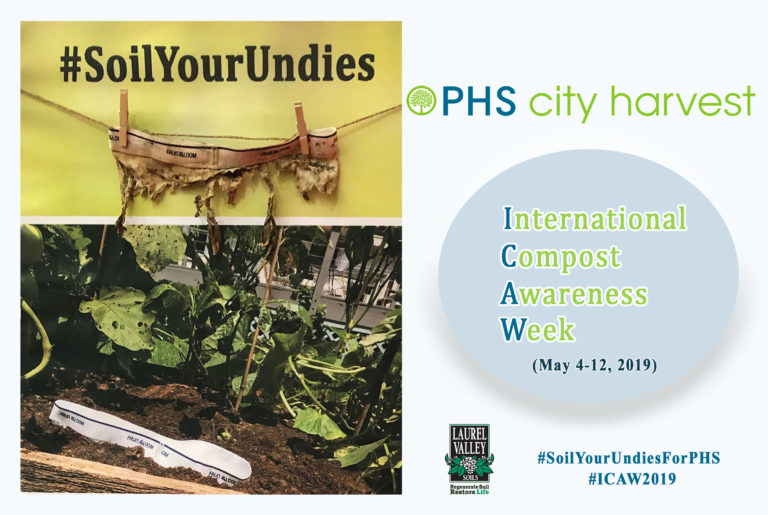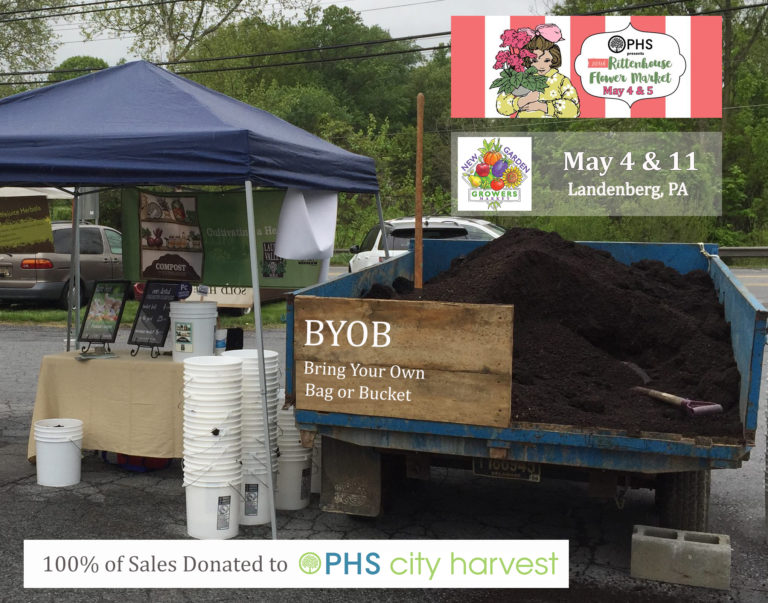Restoring Higbee Beach: 750 Yards of STA Certified Premium Compost Rejuvenates NJ Wetlands
This ambitious project, led by the New Jersey Department of Environmental Protection, seeks to reverse over a century of ecological disruption and rejuvenate the region’s wetlands and upland maritime habitats. Restoring Higbee Beach will enrich the habitat for migratory birds, fish and various threatened and endangered (T&E) species. It will also enhance public access.
“We’re using the compost and sand material in this dune area to build a maritime forest for plants, shrubs, blueberries, and barberry to restore this area to a tidal marsh habitat. We are creating new islands where high marsh type shrubbery will be planted. Your compost will provide the growing conditions these plants thrive in.”
– Marc Zitter, Project Manager, AP Construction

Why Higbee Beach Needed Ecological Help
Higbee Beach of Cape May, NJ was in dire need of help after being degraded by a magnesium extraction plant previously located on the edge of Pine Creek and the Wildlife Management Area (WMA). The saltwater estuary leads to the Delaware Bay and is one of the largest southern areas to host bird migrations. Millions of birds stop there to seek food, cover, and water before continuing their journey.
When AP Construction arrived on site, Pine Creek was essentially dammed off and no longer tidal, it became a co-mingled estuary. In fact, it was no longer considered saltwater as evidenced by the phragmites that had overtaken the area. The freshwater runoff encroached into the salt marsh with nowhere for the freshwater to escape, and there was no way for the saltwater to enter.
The main project goal is to re-establish tidal inundation, without increasing flood risk, while creating habitat management areas for diverse species.

Engineering a Tidal Marsh
AP Construction began construction in February 2024 with the initial site work. AP Construction was a perfect choice for this project, as they had just completed a wetlands restoration project at FDR Park in Philadelphia, just days before this project was awarded.
The first main task of the project was to build roughly two miles of berms to separate saltwater from freshwater. Pine Creek was then excavated, removing 75,170 cubic yards of material for reuse elsewhere on the project site.
New tributaries were dug to control the paths of the water. With the berms in place and the addition of stop logs, the marsh elevation can be controlled. For example, when the tide drops to elevation one, it’ll allow the freshwater to run out of the tributaries and into the bay. Then when the when the tide changes, the saltwater comes back in, but it won’t be able to crest the stop log, keeping it in place in the marsh.

Looking Ahead
When the Higbee Beach restoration project concludes at the end of 2026, multiple wildlife viewing structures will be available along an enhanced trail system to provide visitors with an array of visual opportunities. The wildlife viewing structures include a bunker blind, a heron canopy viewing platform, two boardwalk systems with platforms, and several 360º bird blind structures.

For more information, you can view quarterly updates on the project here: https://dep.nj.gov/nrr/restoration/active-restoration-projects/higbee-beach/


























